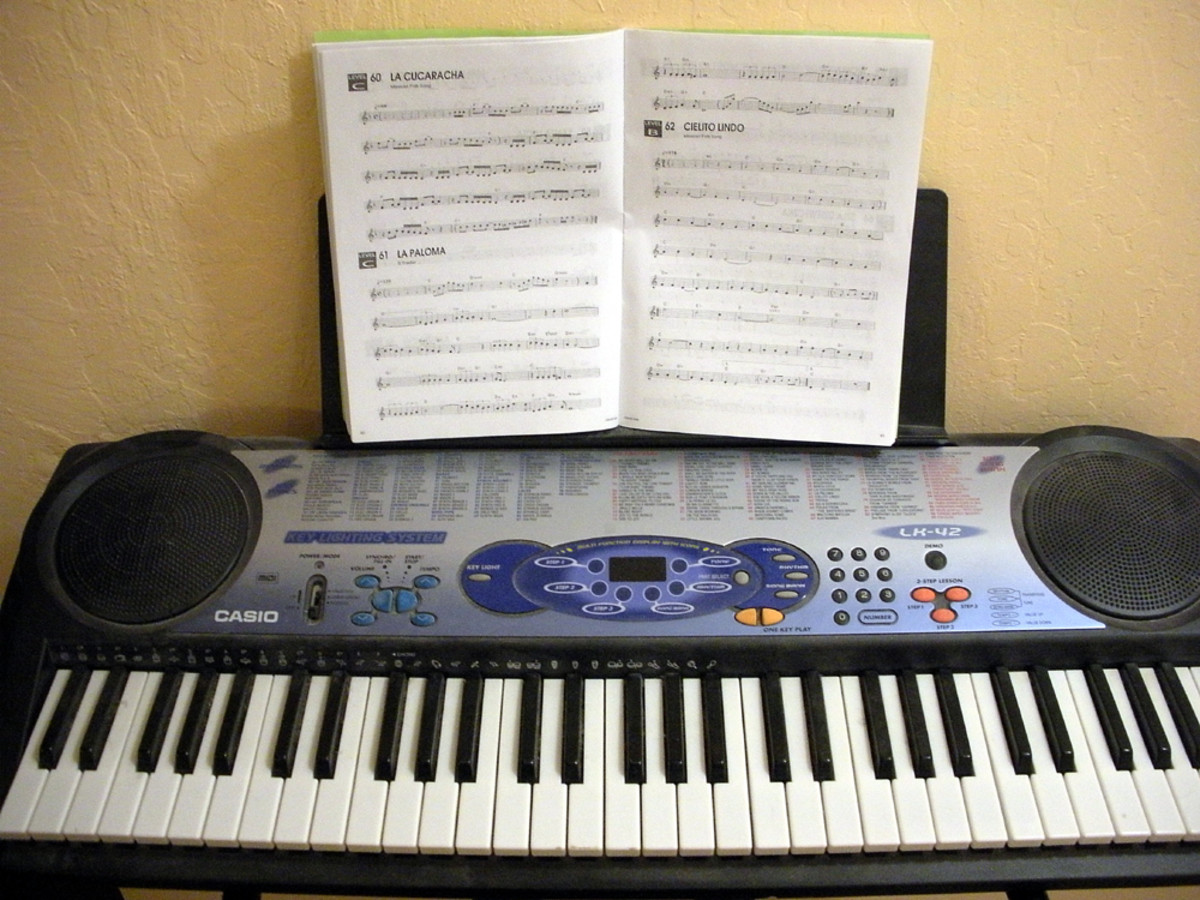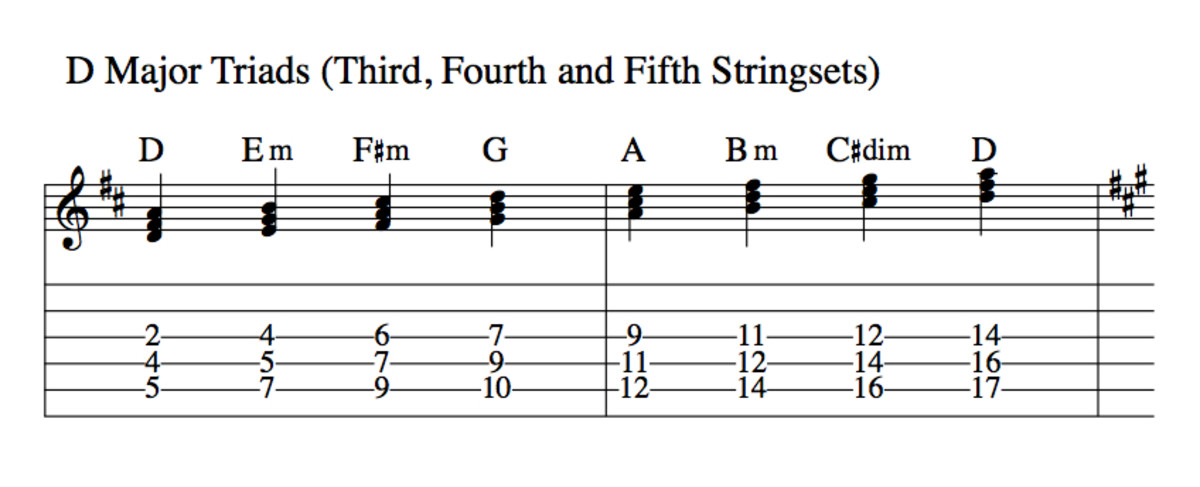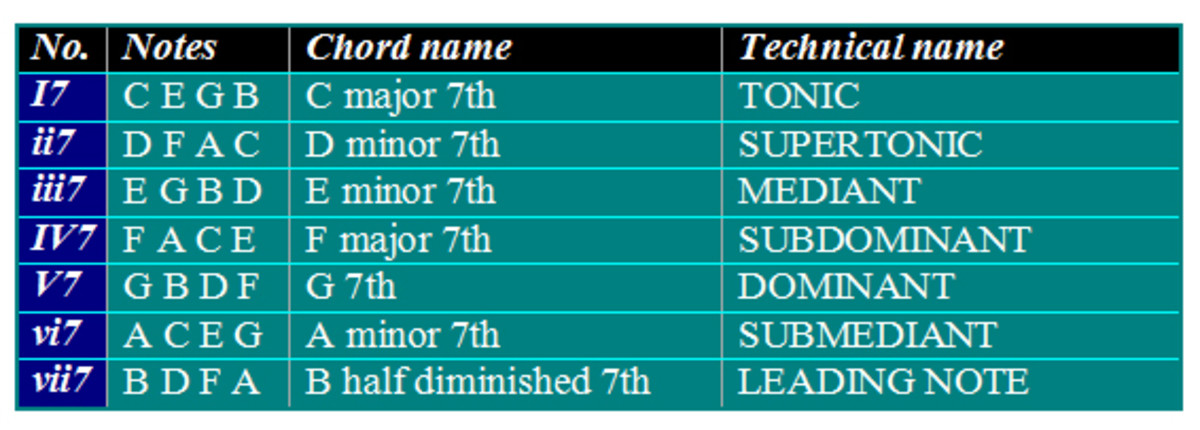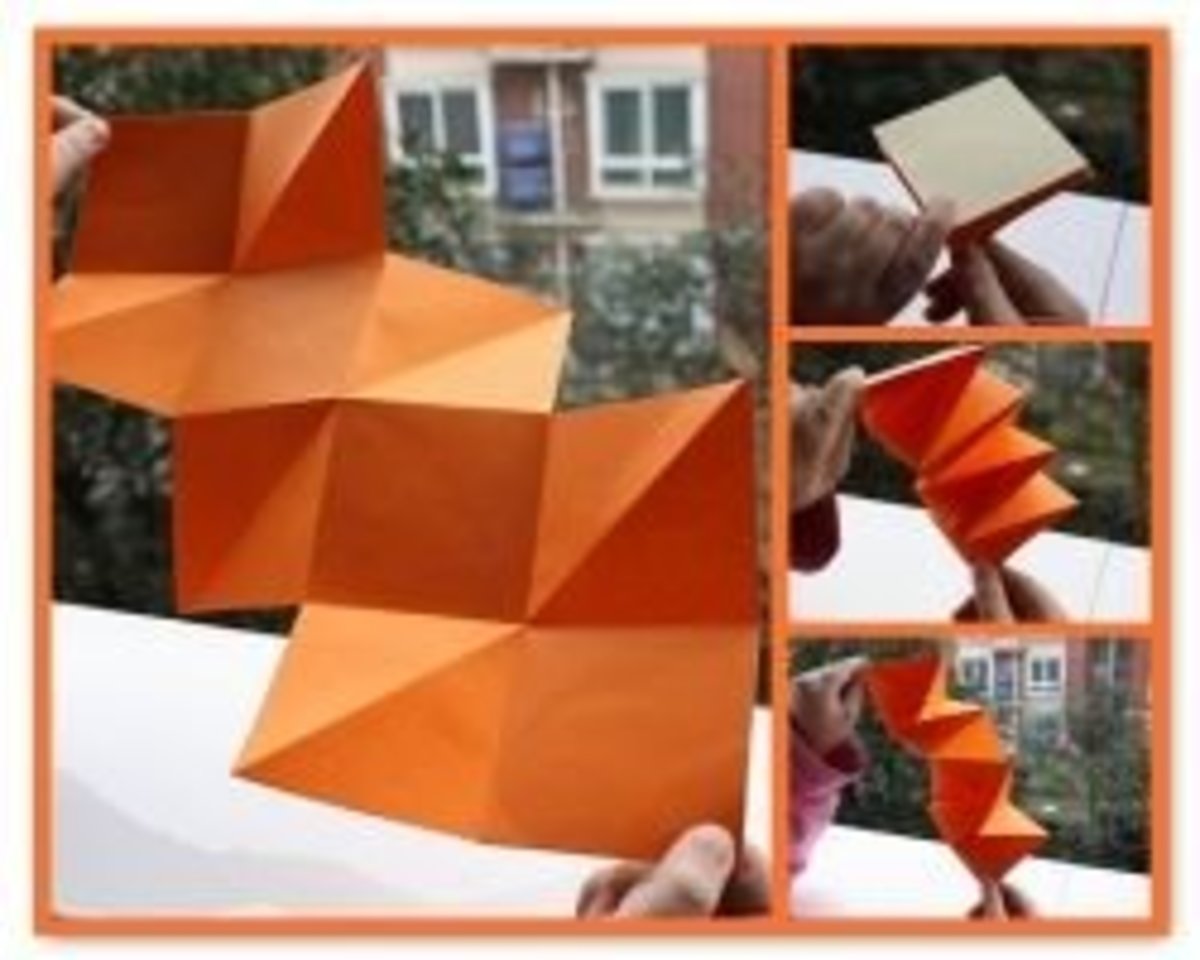Theory of music (3)
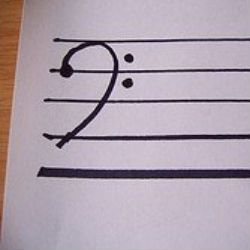
More theory. An introduction to intervals and the bass clef
Theory of music can be great fun. It's a bit like doing a crossword fitting all the components together. Intervals and bass clef are two separate subjects but you need to be able to write intervals in the bass clef as well as in the treble clef. We looked at the treble clef in the first two sections of theory of music. You can find these lenses in the links below.
All the photos are mine.
The bass clef
Notes of the bass clef
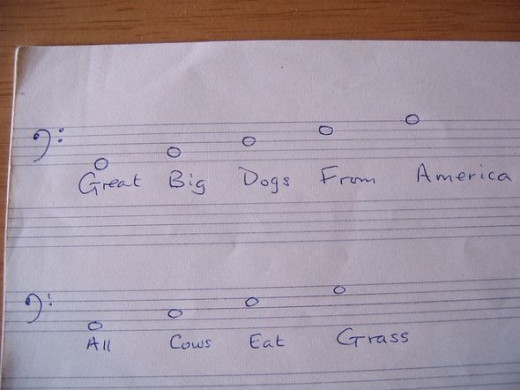
Same old lines different letters
You may now wonder why we have to re-learn all the positions of the notes on the stave and give them different names. It's to do with how the notes fit on different instruments. If you kept to the notes of the treble clef you would find that for some instruments they would be playing below the main stave most of the time on little extra lines called leger lines which are not so easy to read. There will be several other clefs to learn in the future. The sign for this clef ( as seen in the introductory photo) is derived from a capital letter F. It starts with a blob on the fourth line of the stave, curls up and around it, then the two dots (denoting the two arms of the F) are either side of the fourth line all saying the note on this line is F. Remember this and then you can work out the other notes from that.
The bass notes have a letter name three notes up from the treble clef, except that they are also an octave lower. We need here to explain how you count notes in music. If you are going from A to C you count all the letter names to determine the distance A- B-C, three letters so three notes apart. It is not the same as the math way. You can also remember the letter names by saying,Great Big Dogs From America and taking the first letter of each word for the lines going from the bottom up and All Cows Eat Grass for the spaces.
Bass notes rising up the stave
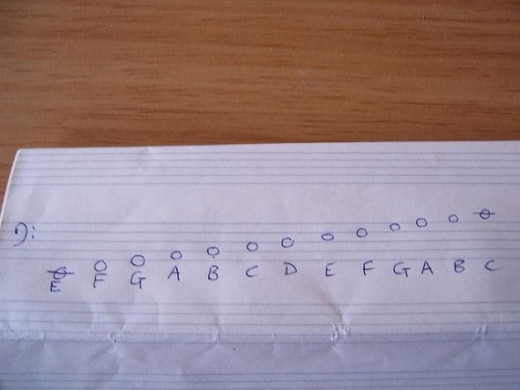
Distance
from one note to another
A first look at intervals
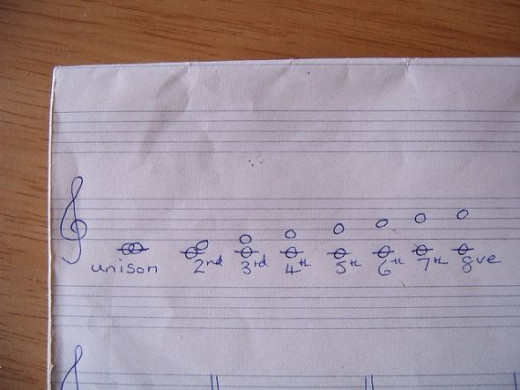
An interval is the description of the distance between two notes.
The way of describing the difference between two notes is quite logical and straight forward. We make a start with major and perfect intervals. These are the intervals that occur in the major scale. The ones shown here are in C major. First we have them altogether side by side and then we will split them into groups of two.
A mellifluous one
and a crunchy one
A unison and a second
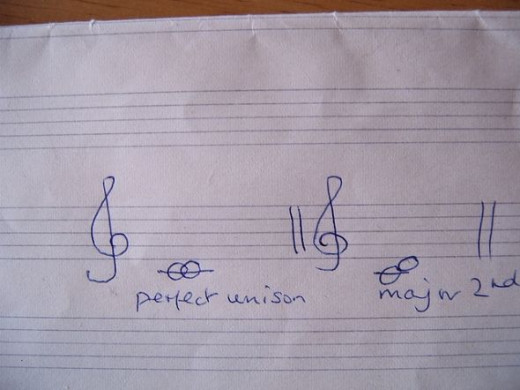
Is it a second or a third?
When determining the number value of an interval the method is straight forward. It is just as detailed above. You count all the letter names involved inclusively. So C to A involves C,D,E,F,G,A therefore we have six letters involved and the interval is a sixth. Above we have two C's, as if a flute and a violin were both playing the same note. This is known as a unison. This sort of unison is known as a perfect unison. You need to remember that the unison, the fourth, the fifth and the octave are all perfect in the major scale.
Get to play these intervals on the piano. They all have distinctive sounds. You need a friend with another instrument to get to hear the unison. Make sure they are in tune. With two instruments playing the unison an added depth is given to the sound
Also in the picture above we have C to D, that is two letters involved so it is a second and in the major scale this is major. In fact. in the major scale you have only major and perfect intervals. When you play the interval of a second you will get a really crunchy sound. We need crunchy sounds in music to give variety.
A bright interval
and a hollow one
A third and a fourth
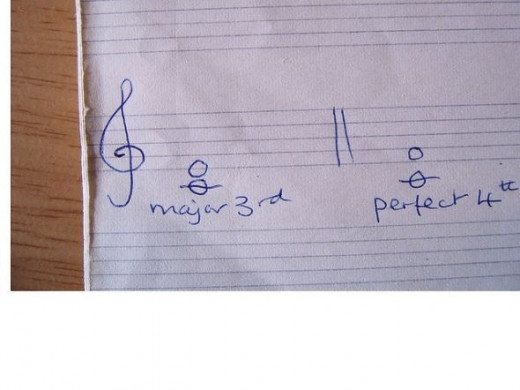
Major third and perfect fourth
From C to E we have three notes involved in the count C,D and E. From C to F four notes are involved C,D,E and F. In the major scale we have a major third and a perfect fourth. Later we will move on the minor intervals and then diminished and augmented. This sounds scary but if you always start from the major scale the problems are minimal. It is all a matter of moving by semitones. A semitone is the distance between two next door notes on the piano, remembering to include the black notes. It always helps to find these things on the piano or keyboard.
Can you
work these out for yourself?
A fifth and a sixth

Count the notes involved
Use the method we have already used to clarify these intervals in your mind. If you play the notes of the fifth, two C's and then two G's you will find that you have the first four notes of "Twinkle, twinkle little star." Using well known tunes is a very good way to learn the sound of the intervals. See if you can find the beginning of more tunes to help you recognise each interval.
Another crunchy one
and a solid one
A seventh and an octave
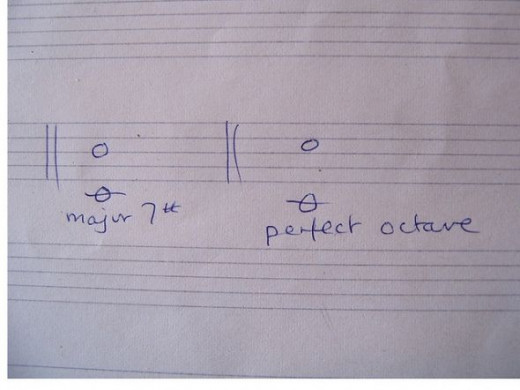
Can you go further?
With these last two we have reached the top of the scale. You can however go on to 9ths, 10ths, 11ths etc. but they are all closely related to the previous intervals. The 9th is like the 2nd, the 10th like the 3rd etc. Those can be left till later when you have gained confidence. Now you can try taking the scales we looked at in lens 1 and 2 and see if you can make these intervals in the other keys. At this time always use the first note of the scale as your bottom note of the interval.By all means contact me if you are having problems. There is a contact button at the top right hand of this lens. Or leave a comment further down and come back later to see my reply.




